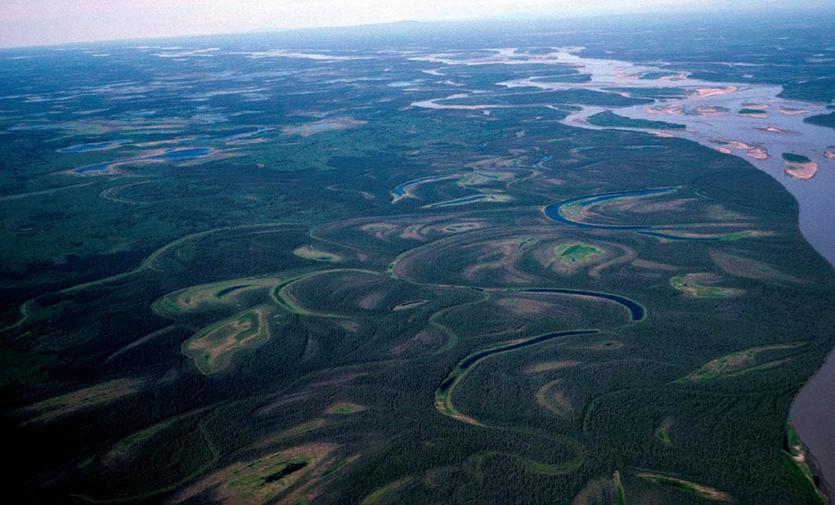The Yukon River is seen in Alaska in this undated handout photo courtesy of the U.S. Fish and Wildlife Service. Photo:U.S. Fish and Wildlife Service
Concentrations of mercury in Yukon River spell disaster for fish and environment
By Patryk Krych | The World Daily | SEPTEMBER 17th 2020
According to a study published on Wednesday in the Nature Communications journal, the current rate of warming climates could lead to dangerous levels of mercury trapped in permafrost to thaw out and leak into the Yukon River, making its fish too poisonous for consumption.
As the study states, the current levels of carbon emissions may lead to the thawing of the permafrost in the nearly 3,200 kilometre long Yukon River. This in turn could lead to the rising of mercury levels in the river’s fish above the federal safety guidelines by the year 2050, and could cause many instances of poisoning and hospitalisation over time.
“A lot will depend on what we do in terms of response to climate change,” said the lead author of the study, Kevin Schaefer of the Colorado-based National Snow and Ice Data Centre. The river, found in the state of Alaska, is described by Shaefer as “a bellwether or a canary-in-the-coal mine kind of thing, an indicator of what might happen over the whole Arctic.”
If carbon emission rates continue to rise as they are, It is expected that the mercury concentrations in the river at present may double by the end of the century. However, the study specified that if the emission rates are quelled by the amounts agreed upon in the 2015 Paris Climate Accords, which the United States backed out of in 2017 by order of the Trump administration, then the mercury levels may only see a rise of 14% by the end of the century.
“If we can hit the Paris Accord target, we expect minimal impacts to mercury concentrations in fish and water. If we continue with unconstrained emissions, however, it is likely that we will see large increases in mercury concentrations,” said Schaefer. “What happens in the Arctic does not stay in the Arctic. The mercury emissions from thawing permafrost could persist for centuries, impacting the environment both locally and globally.”






